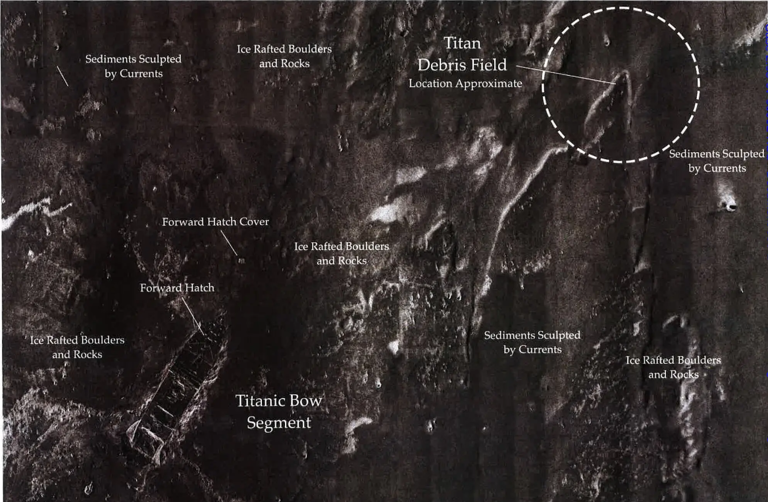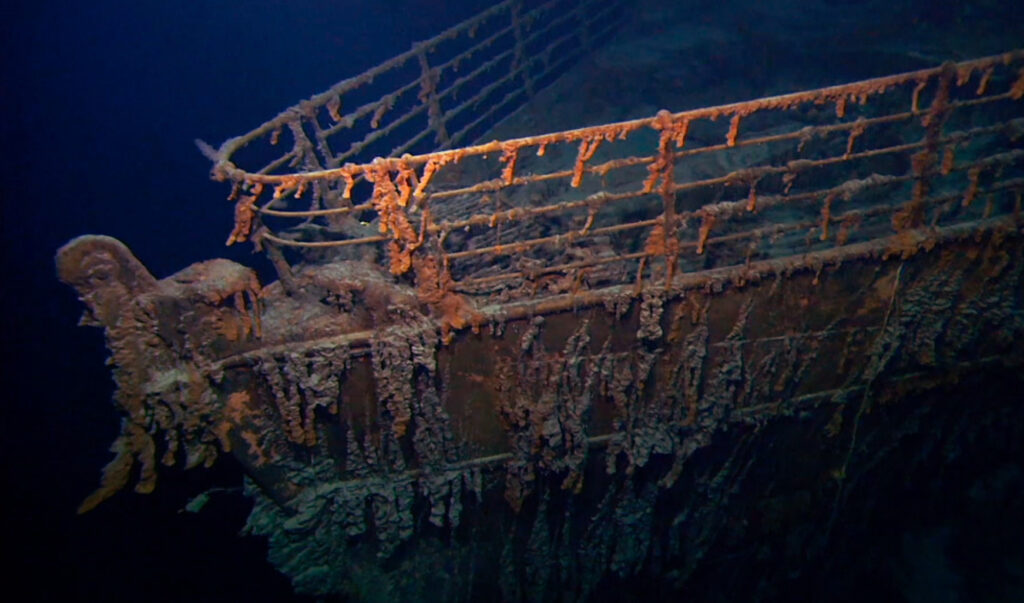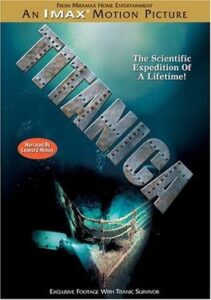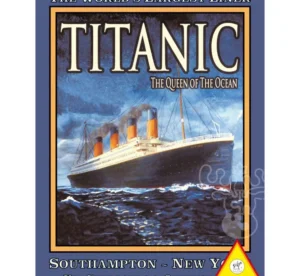 On April 15, 1912, the Titanic sank on her maiden voyage 430 miles off the Newfoundland coast after colliding with an iceberg. Of the 2224 passengers and crew on board, more than 1500 died. To this day, it remains the deadliest sinking of an ocean liner or cruise ship.
On April 15, 1912, the Titanic sank on her maiden voyage 430 miles off the Newfoundland coast after colliding with an iceberg. Of the 2224 passengers and crew on board, more than 1500 died. To this day, it remains the deadliest sinking of an ocean liner or cruise ship.
I grew up hearing a lot about the Titanic disaster from my father, who claimed that he’d been taught dinghy sailing by the surviving First Mate. That might have been Charles Herbert Lightoller, who was actually the Titanic’s second officer.
Now my dad notoriously got facts wrong, so I can’t guarantee that his claim wasn’t pure wish-fantasy. But if Dad was indeed shown the ropes (literally) by Lightoller, he had reason to be proud, because Lightoller was a hero. He made sure that women and children got in the lifeboats first and managed to save his life and the lives of fellow crewmen by climbing on top of a capsized life boat and getting everyone to balance it. He went on to serve in the Royal Navy in WWI (twice decorated) and in WWII, while in his sixties, he sailed his personal yacht to rescue servicemen from Dunkirk!
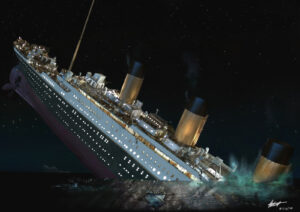 The Titanic remained lost beneath the waves while I grew up. Excitingly, on September 1, 1985, a few days before my daughter was born, Admiral Robert Ballard and his team located the wreck, 12,000 feet down. They’d previously searched for two lost nuclear submarines and discovered that they had both imploded from the immense pressure of the water. Ballard located the submarines by their debris fields and this is how the Titanic, too, was located. (See map below.)
The Titanic remained lost beneath the waves while I grew up. Excitingly, on September 1, 1985, a few days before my daughter was born, Admiral Robert Ballard and his team located the wreck, 12,000 feet down. They’d previously searched for two lost nuclear submarines and discovered that they had both imploded from the immense pressure of the water. Ballard located the submarines by their debris fields and this is how the Titanic, too, was located. (See map below.)
Rediscovered, the Titanic looked incredibly creepy. It had broken in half, as reported by many eye witnesses – and it had hit the ocean floor with immense force. We can related to objects falling through air; it’s a stretch to imagine an object as large as the Titanic falling through water with the consequent damage. Mercifully all biological materials, including human remains, had vanished. The iron hull, too, was dissolving due to deep-sea micro-organisms, resulting in eerie, melting rusticles.
I think it’s prophetic that my daughter, Claire, was born so close to the Titanic’s discovery. We share the same fascination with its story. Watching the documentary, Titanica, together at the Ontario Place Cinesphere is one of my cherished memories.
Titanica was a joint Russian-American expedition. (Remember those sunny days when shared economic prosperity promised to save the world?) We learned more about the immense pressures at depth and the perils of submersibles, including the hyper-oxygen atmosphere. Even more importantly we learned about technology-induced hubris. No one believed that the Titanic could sink: the number of lifeboats was reduced so as not to spoil its sleek look. The passenger list was crowded with names of the rich and famous. Sound familiar?
So what destroyed the Titanic? The ice berg did not rip a huge, entrail-spilling gash in its side. Rather it bumped the side of the ship, popping out the rivets to create a modest looking bulge that let in water. The design of the ship’s interior worked like an ice cube tray, allowing water to flow from one interior compartment to another, dragging it down.
Which brings me to the most recent Titanic disaster. On June 18. 2023, Oceangate’s Titan submersible was bringing billionaire, Shahzada Dawood and his son, Titanic expert Paul-Henri Nargeolet and adventurer, Hamish Harding, down to view the wreck. It imploded on descent, killing everyone on board in milliseconds.
The Titan was being piloted by OceanGate CEO, Stockton Rush, who had a history of flouting conventional designs and safety rules. The body of the submersible was carbon fibre, which, as any cyclist can tell you, is extremely light, strong…and brittle. One hairline crack would have been enough to cause the implosion. Also Rush did not equip the Titan with an emergency locator beacon and used an Atari (?) game controller to steer the vessel. (Really??) Criticisms of his design were dismissed as a “serious personal insult”.
When I studied industrial health and safety, I learned a concept called the Heinz Rule: how many close calls do you have before you get into a serious or fatal accident? The answer is surprising. Intuition says 3 or 4 times, but in fact, it’s more like 200 to 300 times. Small wonder Rush felt he was invulnerable and above mere mortals.
We all know how that worked out…
